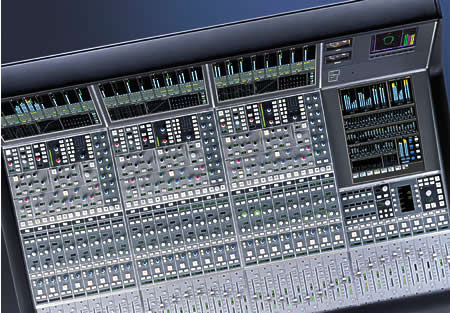German microphone maker beyerdynamic has introduced two new professional mics designed specifically for work with bass instruments and drums, at Musikmesse in Frankfurt.
 Opus 99 Dynamic Mic for Bass
Opus 99 Dynamic Mic for Bass
The new Opus 99 is a dynamic microphone “in best studio quality,” featuring extremely high SPL capability, and a special frequency equalization that will make it an ideal microphone for picking up instruments such as double-bass, tuba and the bass drum. The strong neodymium magnet system and a mass-reduced diaphragm achieve powerful reproduction and excellent impulse response.
In live applications the hypercardioid polar pattern minimizes feedback. As an option the Opus 99, can be supplied with a special stand (ST 99) to place the microphone in front of, or inside, a kick drum.
Opus 88 Condenser Mic for Drums
The Opus 88 condenser is a modification of beyerdynamic’s reliable Opus 87. This cardioid microphone is designed specifically for use with toms and snare drums. It features an extremely-high gain before feedback, and a very wide frequency response.
Opus 88 comes with a patented mounting clamp, with integrated pre-amp and 3-pin XLR plug. This provides for quick and easy set up. A short gooseneck and the horizontal swivel joint on the clamp ensure optimum placement in close proximity to the sound source. The rugged construction and the rubber shock-mounted microphone capsule are well protected against stray drum sticks.


 German consumer electronics maker
German consumer electronics maker  Grundig CarCine
Grundig CarCine